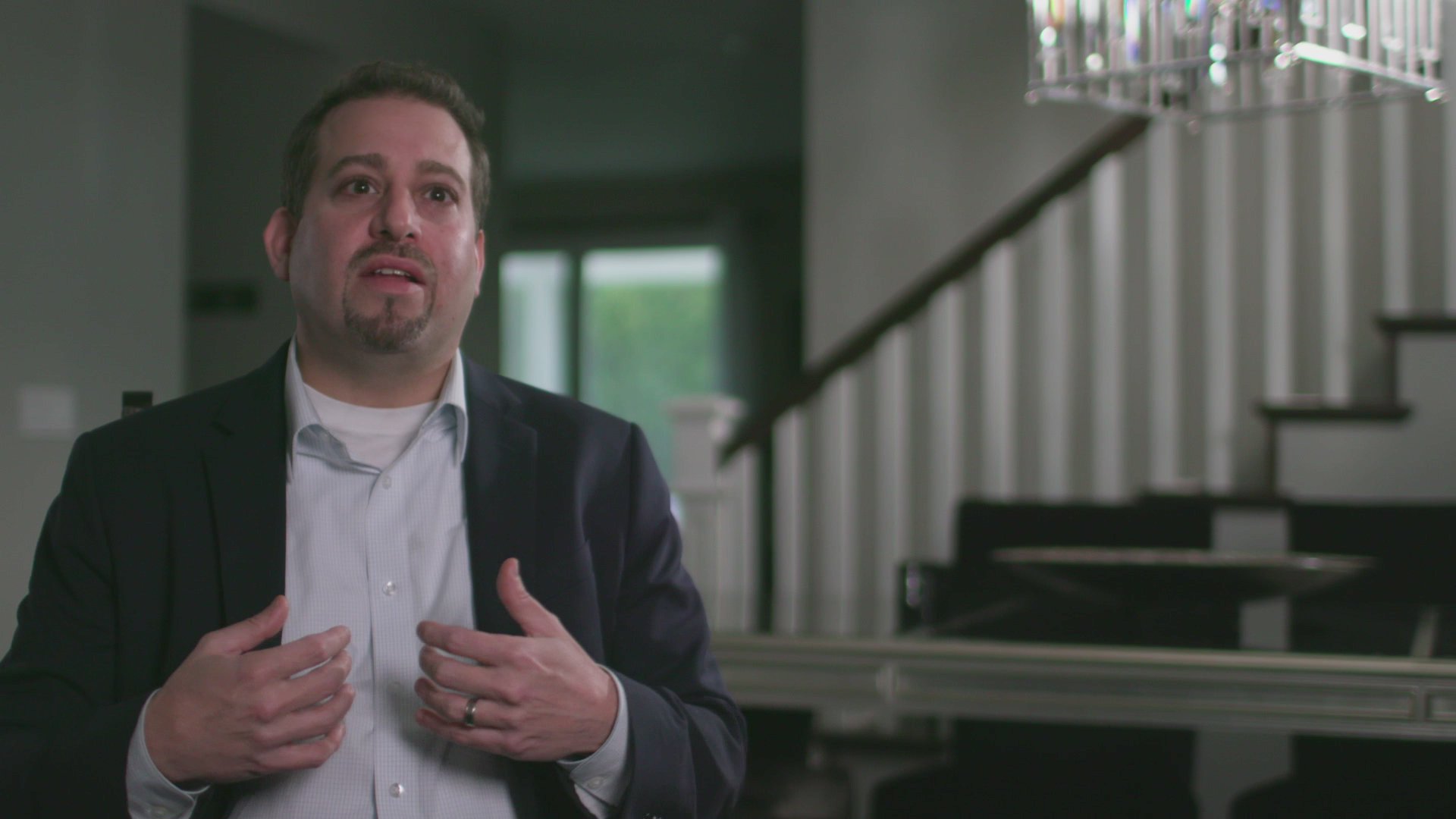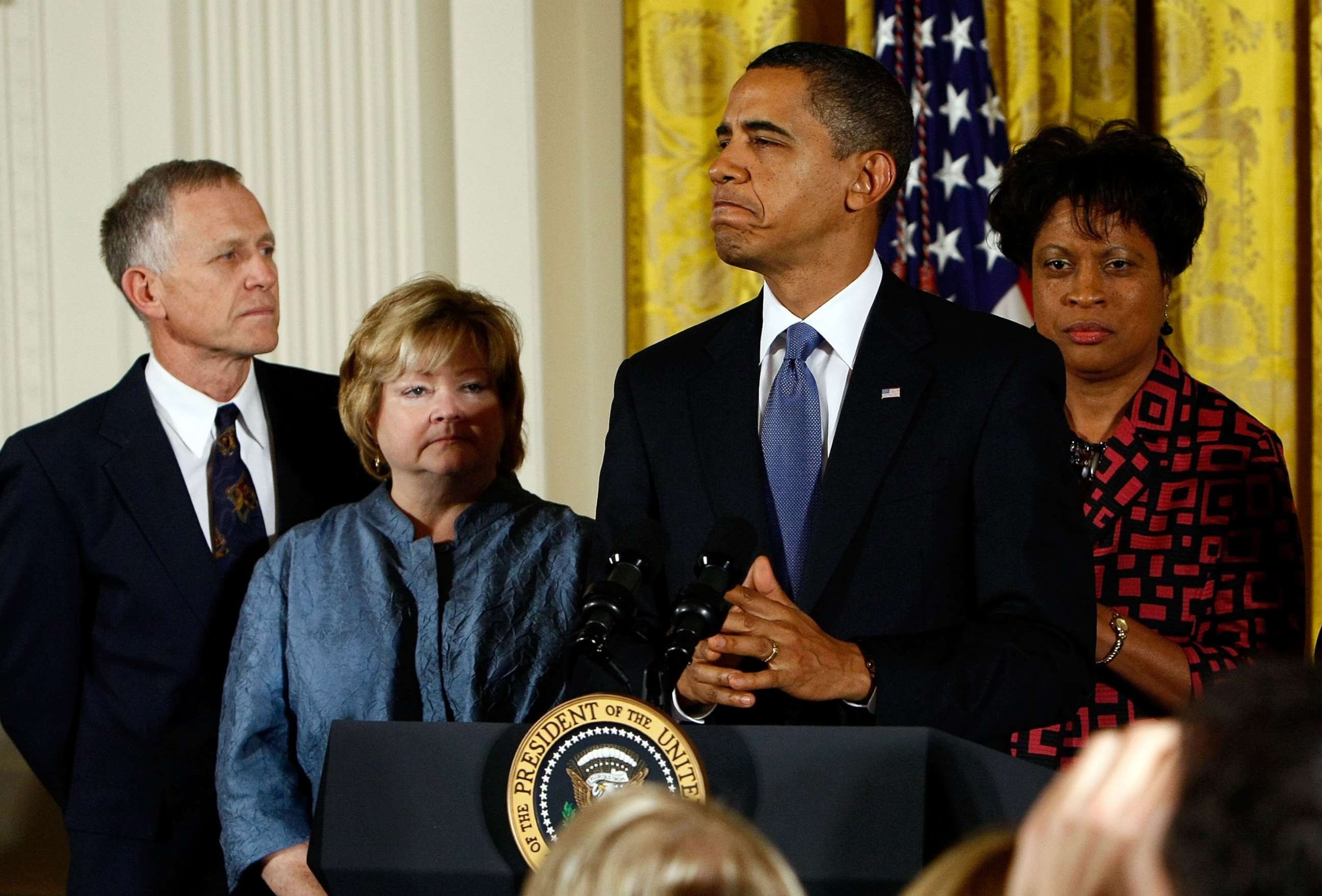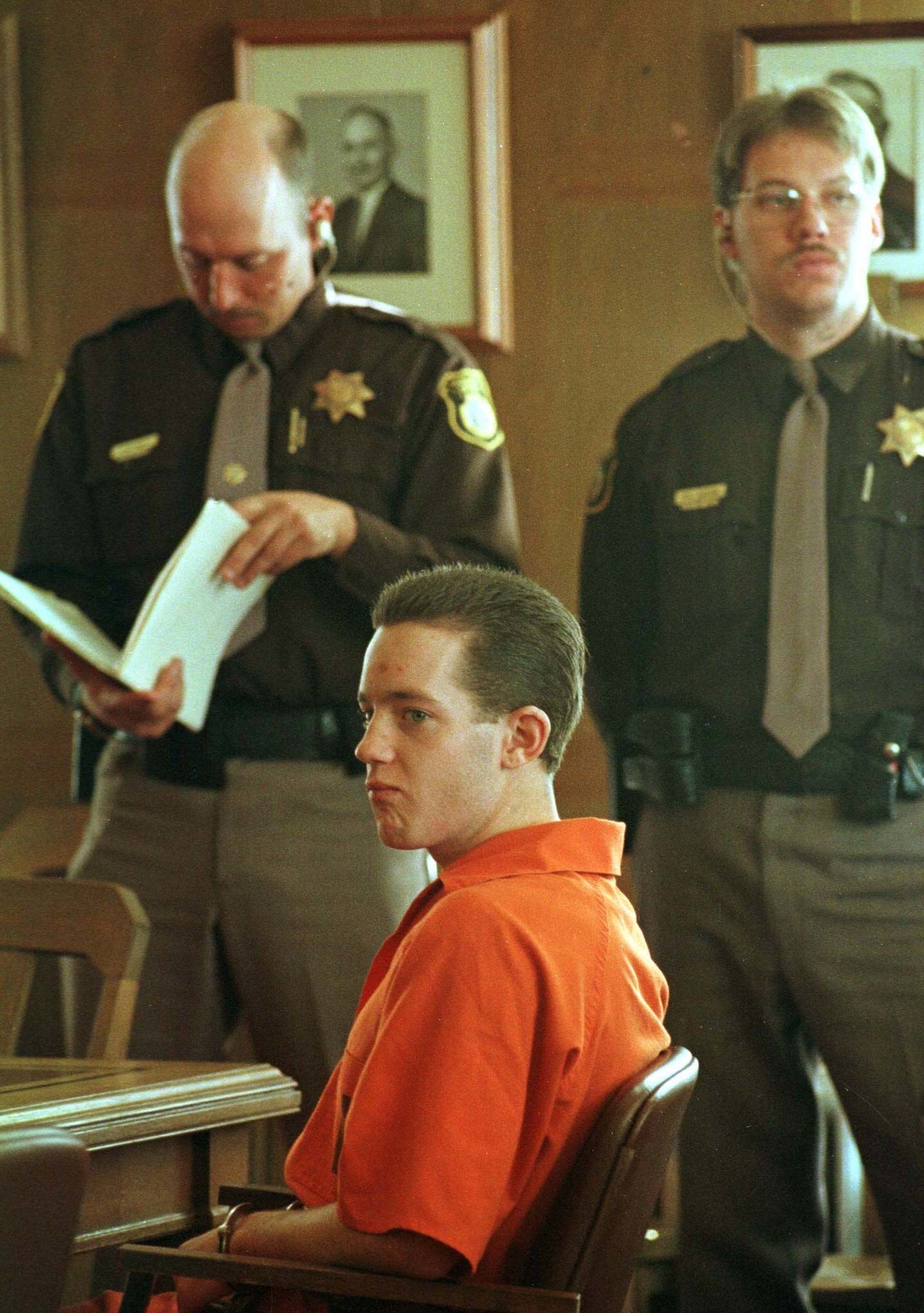When you dive into the world of crime and justice, some stories leave an indelible mark on history. The names Aaron McKinney and Russell Henderson might not ring a bell to everyone, but they’re tied to one of the most shocking events in recent American history. This is more than just a story—it’s a lesson about humanity, bias, and the justice system. Let’s peel back the layers and uncover the truth.
So, buckle up because this ain’t just another crime story. This is about two individuals whose actions sparked a nationwide conversation about hate crimes, discrimination, and the consequences of unchecked prejudice. Aaron McKinney and Russell Henderson became infamous for their role in a crime that shook the nation to its core. But what led them to that point? And how did their actions shape the way we think about hate crimes today?
Before we jump into the nitty-gritty, let’s set the stage. This story is more than just a headline; it’s a reminder of the power of human choice—and the devastating consequences that can follow. So grab a coffee, sit tight, and let’s explore the dark chapters of Aaron McKinney and Russell Henderson’s lives. Spoiler alert: it’s not gonna be pretty, but it’s necessary.
- Is Ryan Reynolds A Twin Unveiling The Truth About Hollywoods Favorite Canadian
- Did Ali Macgraw Have A Child With Steve Mcqueen Unveiling The Truth Behind The Hollywood Romance
Who Were Aaron McKinney and Russell Henderson?
Alright, let’s start with the basics. Who exactly were these guys? Aaron McKinney and Russell Henderson were two men from Laramie, Wyoming, whose lives took a dark turn in October 1998. They weren’t just random dudes; they became symbols of hate and intolerance after their involvement in a brutal crime that sent shockwaves across the country.
Biography: A Glimpse Into Their Lives
Before we dive deeper, here’s a quick snapshot of their backgrounds:
| Name | Aaron McKinney | Russell Henderson |
|---|---|---|
| Date of Birth | March 27, 1976 | May 24, 1977 |
| Place of Birth | Casper, Wyoming | Fort Collins, Colorado |
| Occupation | Construction Worker | Auto Mechanic |
| Key Crime | Murder of Matthew Shepard | Murder of Matthew Shepard |
These guys weren’t born criminals, but life had its twists and turns. Both came from working-class families and struggled with personal demons. Aaron McKinney, for instance, had a history of substance abuse and anger issues. Russell Henderson, on the other hand, was described as a quiet guy who didn’t seem like the type to get involved in something so heinous. But appearances can be deceiving, right?
- Bozemans Best Funeral Homes A Comprehensive Guide To Honoring Your Loved Ones
- Hannah Aberegg The Rising Star Whorsquos Capturing Hearts
The Crime That Changed Everything
Now, let’s talk about the elephant in the room. On October 6, 1998, Aaron McKinney and Russell Henderson committed a crime that would haunt them—and the nation—for years to come. They targeted Matthew Shepard, a 21-year-old gay college student, in what many consider one of the most brutal hate crimes in modern history.
Here’s the timeline: McKinney and Henderson lured Matthew Shepard to their truck under the pretense of offering him a ride. What happened next was unthinkable. They beat him savagely, tied him to a fence, and left him to die in the freezing Wyoming weather. Matthew was found 18 hours later by a cyclist who initially mistook him for a scarecrow. He later died in a hospital from his injuries.
Why Did They Do It?
This is where things get murky. McKinney claimed he acted in self-defense, alleging that Shepard made a sexual advance toward him. But evidence suggests otherwise. Many believe the crime was motivated by anti-gay bias, turning it into a landmark case for the LGBTQ+ community. Henderson, on the other hand, seemed more of a follower, but that doesn’t excuse his role in the tragedy.
The Trial and Sentencing
Fast forward to the trial. Both McKinney and Henderson faced the music in court. The prosecution painted a vivid picture of their brutal actions, while the defense tried to paint Matthew Shepard as the aggressor. Spoiler: it didn’t work.
Aaron McKinney was sentenced to two consecutive life terms without the possibility of parole. Russell Henderson also received two life sentences. The verdict sent a strong message: hate crimes have consequences, and those consequences are severe.
Public Reaction and Impact
The case of Matthew Shepard became a rallying cry for the LGBTQ+ rights movement. It highlighted the dangers of hate crimes and the need for stronger legislation. In 2009, the Matthew Shepard and James Byrd Jr. Hate Crimes Prevention Act was signed into law, expanding federal protections for victims of hate crimes.
But the impact went beyond legislation. It sparked conversations about tolerance, acceptance, and the dangers of prejudice. People began questioning why such hatred exists in the first place—and how we can stop it.
Inside the Minds of McKinney and Henderson
So, what drives someone to commit such a heinous act? Psychologists and criminologists have weighed in, offering insights into the minds of Aaron McKinney and Russell Henderson.
McKinney’s upbringing was marked by violence and neglect. He grew up in a household where anger was often expressed physically, which likely contributed to his volatile personality. Henderson, on the other hand, seemed to follow McKinney’s lead, suggesting a lack of personal agency in the crime.
Factors That Contributed to Their Actions
- Environmental influences: Growing up in a culture that perpetuates hate and intolerance.
- Personal struggles: Substance abuse, financial instability, and unresolved anger issues.
- Social conditioning: Learning biased attitudes from family, peers, or media.
It’s not an excuse, but it does offer some context. Understanding the root causes of hate crimes is crucial if we want to prevent them in the future.
The Legacy of Matthew Shepard
Let’s shift focus for a moment to Matthew Shepard. His tragic death didn’t just bring attention to hate crimes—it inspired a generation to fight for equality. His story has been told through films, plays, and books, ensuring that his legacy lives on.
The Matthew Shepard Foundation, founded by his parents, continues to advocate for LGBTQ+ rights and promote hate crime awareness. It’s a testament to the power of resilience and the enduring impact of one person’s life—and death.
Lessons Learned
What can we learn from Matthew Shepard’s story? For starters, hate has no place in our society. We need to foster understanding, empathy, and acceptance. It’s not just about passing laws; it’s about changing hearts and minds.
The Justice System’s Response
How did the justice system handle the case of Aaron McKinney and Russell Henderson? Was justice truly served? Critics argue that life sentences without parole are harsh but necessary for crimes of this magnitude. Others believe rehabilitation should be a priority, even for those who commit heinous acts.
The debate continues, but one thing is clear: the justice system must balance punishment with the potential for redemption. It’s a fine line, but it’s one we need to walk if we want to create a fairer society.
Rehabilitation vs. Punishment
Some advocates push for rehabilitation programs that address the root causes of criminal behavior. Others argue that certain crimes deserve maximum punishment. Where do you stand? It’s a question worth pondering.
The Role of Media
The media played a significant role in shaping public perception of the case. Headlines screamed about hate crimes, sparking outrage and empathy in equal measure. But did the media focus too much on the crime and not enough on the solution?
Journalists like me have a responsibility to report the facts while also offering context and analysis. It’s not just about telling the story—it’s about helping people understand the bigger picture.
Impact on Public Opinion
Media coverage of the Matthew Shepard case brought national attention to hate crimes. It forced people to confront uncomfortable truths about prejudice and discrimination. But it also highlighted the power of storytelling in driving social change.
Where Are They Now?
As of today, Aaron McKinney and Russell Henderson remain behind bars, serving their life sentences. McKinney has expressed remorse for his actions, but actions speak louder than words. Henderson, on the other hand, has remained relatively quiet about the case.
Life in prison isn’t easy, but it’s the price they pay for their crimes. Some argue that their punishment is too harsh, while others believe it’s fitting for the severity of their actions. Only time will tell if they ever find redemption.
Redemption and Reflection
Can people change? That’s the million-dollar question. Redemption is possible, but it requires sincere effort and a willingness to confront one’s past. For McKinney and Henderson, that journey begins—and possibly ends—behind bars.
Looking to the Future
So, what does the future hold for hate crime prevention? Education, awareness, and legislation are key. We need to create a world where everyone feels safe, regardless of their sexual orientation, race, or religion.
But it’s not just about laws. It’s about fostering a culture of acceptance and understanding. It’s about teaching our kids to embrace diversity and challenge prejudice wherever they see it. It’s about being the change we want to see in the world.
What Can You Do?
Here are a few ways you can make a difference:
- Support organizations fighting hate crimes and promoting equality.
- Speak out against prejudice and discrimination when you see it.
- Teach the next generation the importance of acceptance and empathy.
Together, we can create a world where hate crimes are a thing of the past. It won’t happen overnight, but every small action counts.
Conclusion
And there you have it—the story of Aaron McKinney and Russell Henderson, two men whose actions changed the course of history. Their crime was a tragedy, but it also sparked a movement for change. Matthew Shepard’s legacy lives on, reminding us of the importance of tolerance and understanding.
As you reflect on this story, I urge you to take action. Leave a comment below sharing your thoughts. Share this article with friends and family. Let’s keep the conversation going and work toward a brighter, more inclusive future.
Final Thoughts
Hate crimes are more than just crimes—they’re a reflection of our society’s values. We have the power to change that. So let’s use it wisely. After all, the world we create today is the world future generations will inherit. And that’s worth fighting for.
Stay curious, stay informed, and most importantly, stay human. Until next time.
Table of Contents
- How Tall Is Miguel Love Island Discover The Height And More About This Reality Star
- Maxwell Yearick Shooter The Untold Story Behind The Headlines


